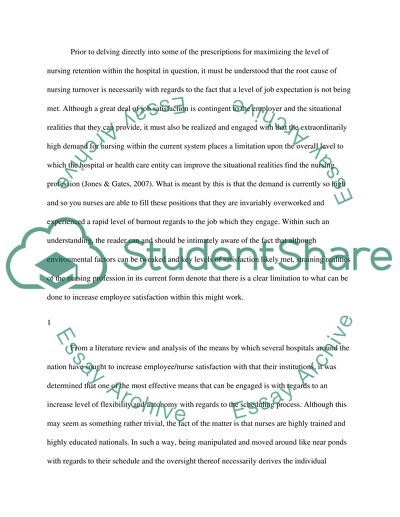Cite this document
(“The Reason of Nursing Turnover Essay Example | Topics and Well Written Essays - 2000 words”, n.d.)
Retrieved from https://studentshare.org/health-sciences-medicine/1480166-the-reason-of-nursing-turnover
Retrieved from https://studentshare.org/health-sciences-medicine/1480166-the-reason-of-nursing-turnover
(The Reason of Nursing Turnover Essay Example | Topics and Well Written Essays - 2000 Words)
https://studentshare.org/health-sciences-medicine/1480166-the-reason-of-nursing-turnover.
https://studentshare.org/health-sciences-medicine/1480166-the-reason-of-nursing-turnover.
“The Reason of Nursing Turnover Essay Example | Topics and Well Written Essays - 2000 Words”, n.d. https://studentshare.org/health-sciences-medicine/1480166-the-reason-of-nursing-turnover.


